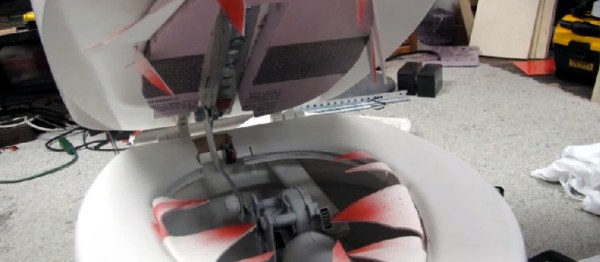A coin flip is considered by many to be the perfect 50/50 random event, even though — being an event subject to Newtonian physics — the results are in fact anything but random. But that’s okay, because what we really want when we flip a coin is an unpredictable but fair outcome. But what if that’s not actually what happens?
 There’s new research claiming that coin tosses demonstrate a slight but measurable bias toward landing on the same side they started. At least, this is true of coin flips done in a particular (but common) way. Coins flipped with the thumb and caught in the hand land with the same side facing up 50.8 percent of the time.
There’s new research claiming that coin tosses demonstrate a slight but measurable bias toward landing on the same side they started. At least, this is true of coin flips done in a particular (but common) way. Coins flipped with the thumb and caught in the hand land with the same side facing up 50.8 percent of the time.
The new research builds on earlier work proposing that because of human anatomy, when a human flips a coin with their thumb, the motion introduces a slight off-axis tilt that biases the results. Some people do it less (biasing the results less) and some do it more, but while the impact is small it is measurable. As long as the coin is caught in the hand, anyway. Allowing the coin to fall on surfaces introduces outside variables.
Therefore, one can gain a slight advantage in coin flips by looking at which side is facing up, and calling that same side. Remember that the flipping method used must be that of flipping the coin with the thumb, and catching it with the hand. The type of coin does not matter.
Does this mean a coin flip isn’t fair? Not really. Just allow the coin to fall on a surface instead of catching it in the hand, or simply conceal which side is “up” when the coin is called. It’s one more thing that invites us all to ask just how random is random, anyway?













